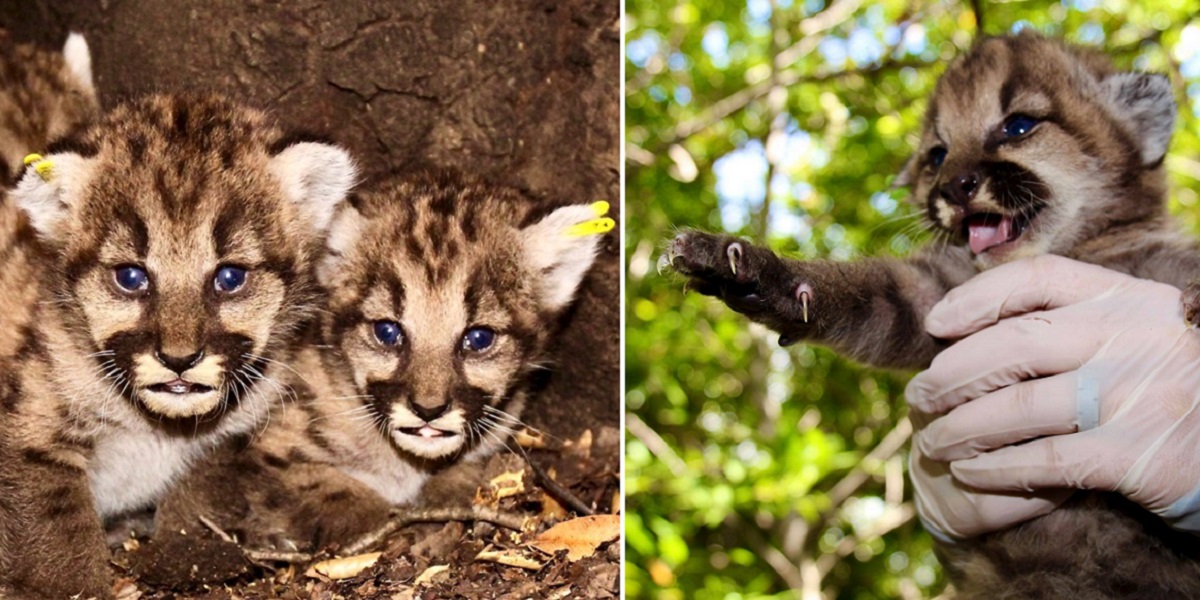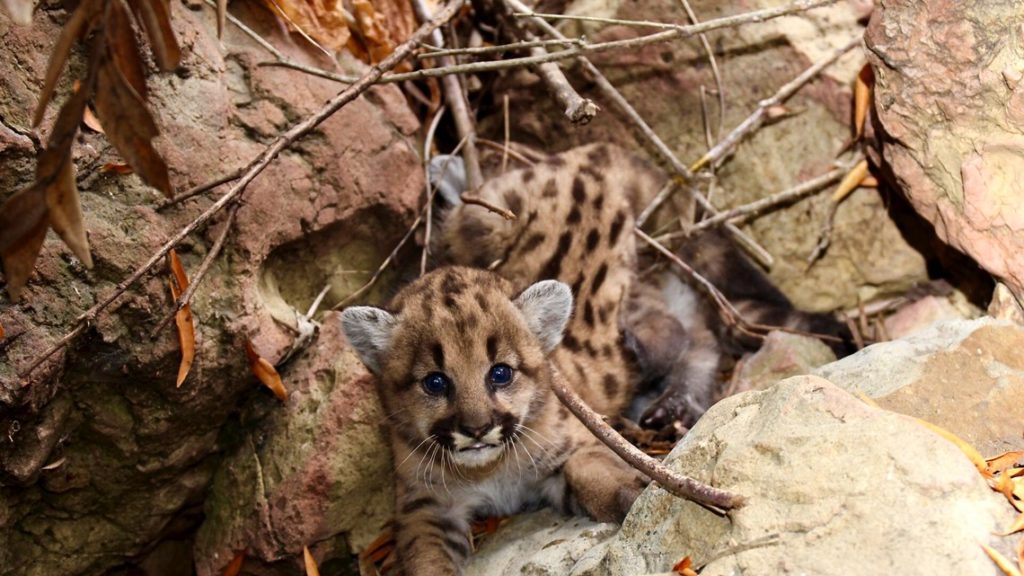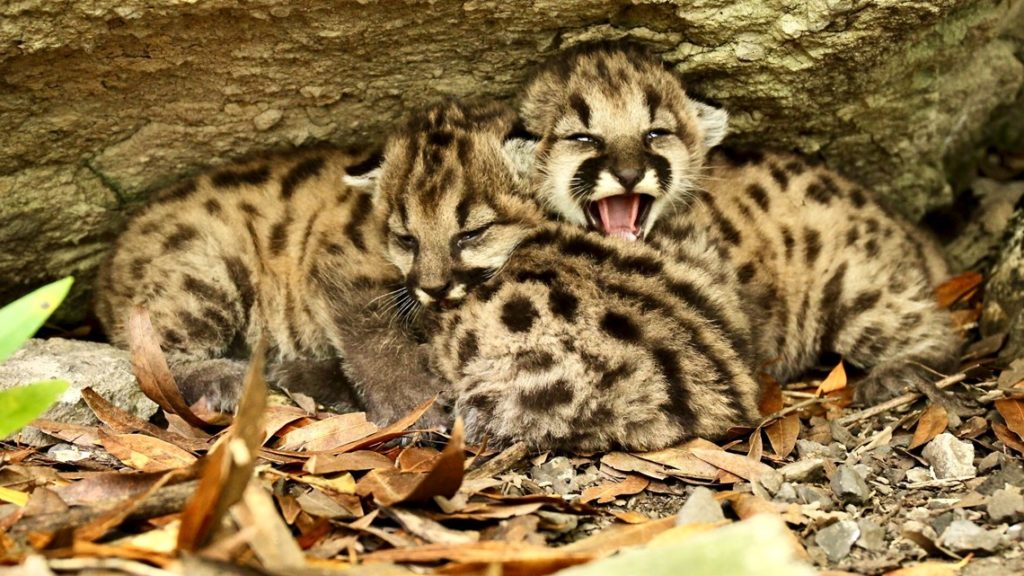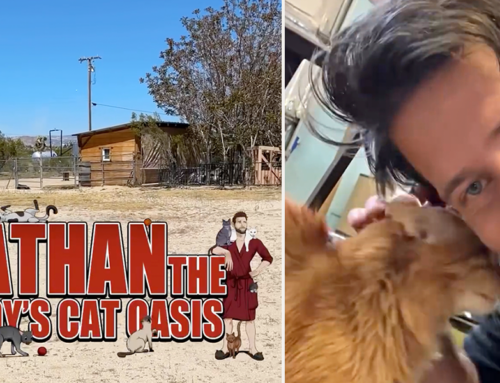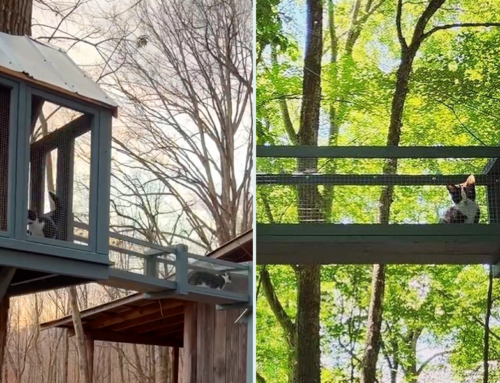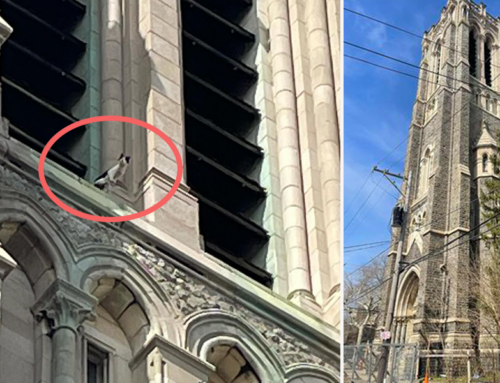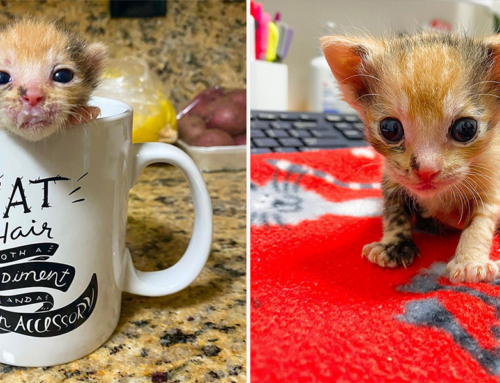It’s been a year full of the tragic unknown. But happy tidings are occurring deep within the Santa Monica Mountains National Recreation Area in California. Which happens to be the largest urban national park in the country. Staggeringly, it encompassing more than 150,000 acres of mountains and coastline! Tucked away in the expansive wooded region, the animal world has continued to thrive. And no where are the local parks department employees and researchers seeing this more than here. Here, where life is finding it’s way with a much needed “baby boom”.
Scattered throughout the deep foliage, the “baby boom” has been discovered in the dens of mountain lions!
The biologists as the National Park service have found 5 different dens. And calling those home, there’s been a total of 13 of the big cat babies. Even more surprising though, is that it’s only been over a 3 month period!
Three additional litters have been found when the kittens were older (at least six months old) and had already left the den site.
This is an unusually high number for the species in such a short time. But I see NO ONE complaining after devastating hunting and man-interference ravage the population.
In previous years, the most dens found annually was only four!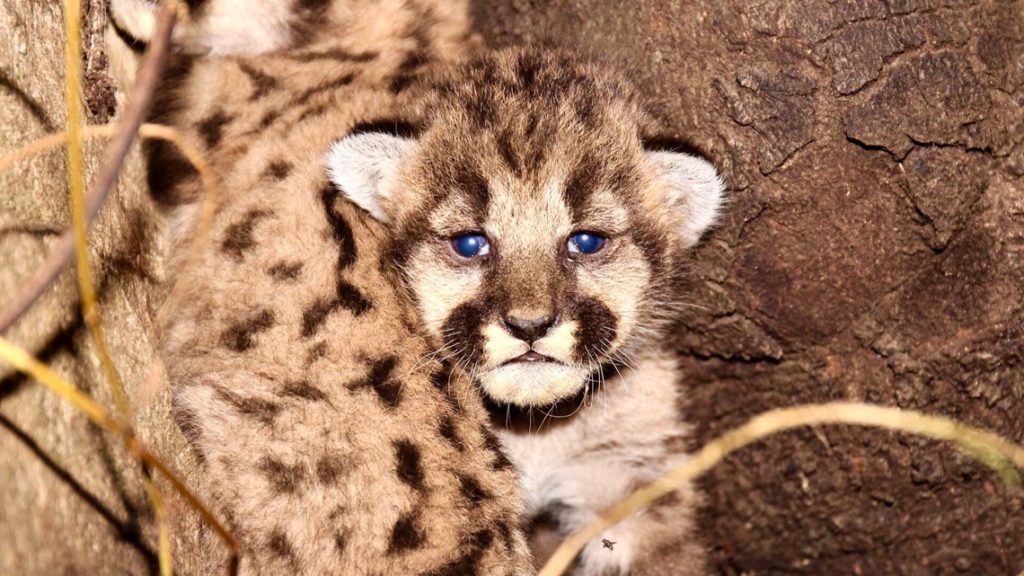
So why now? Why are researchers seeing more of the gorgeous big cats than ever before? 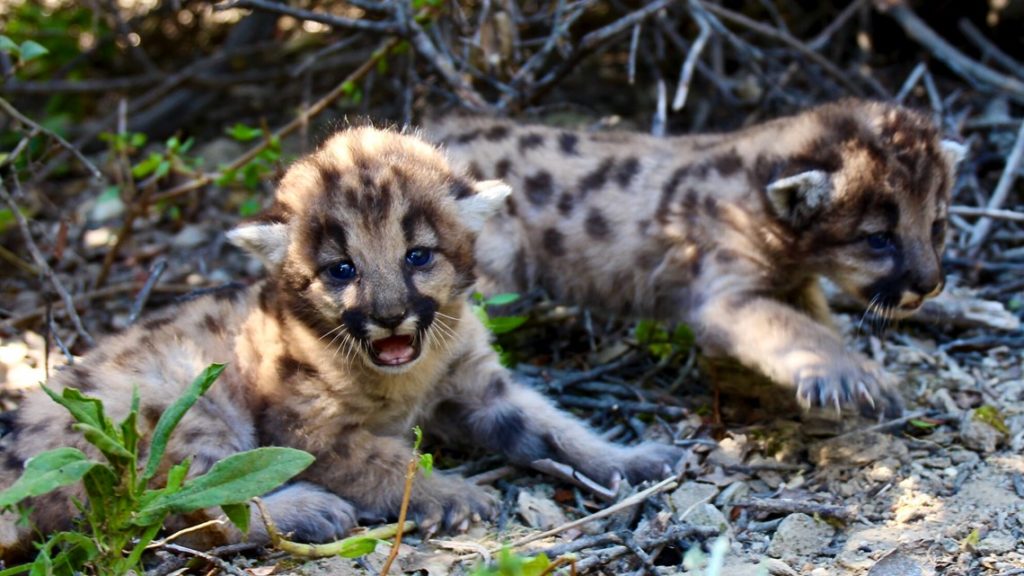
Many think the baby boom may be due to lesser exposure to humans during the unprecedented Covid-19 lockdowns.
Which we’ve all seen have a MASSIVE impact on the climate. Humans are deadly; to each other, to the animals and to the environment.
And back in 2018, the area was devastated by wildfires, specifically the Woolsey Fire.
Santa Monica Mountains National Recreation Area sustained significant damage during the Woolsey Fire. Nearly 90 percent of the park burned.
The massive blaze burned 96,949 acres of land across California. The fire destroyed 1,643 structures, killed three people, and prompted the evacuation of more than 295,000 people.
Sadly, the blaze also claimed the lives of two adult mountain lions the project had been tracking.
But without the human interference and associated death toll to animals, nature is rebuilding itself. Luckily, with a species such as the mountain lion, dedicated researchers are there to track their progress. 
A study by the Road Ecology Center at the University of California Davis found a significant drop in traffic after the emergency order went into effect in March.
The number of animals killed by vehicles also fell, including a 58% decrease in fatal crashes involving mountain lions between the 10 weeks before and 10 weeks after the order.
Just as their parents have been for years, these fluffy spotted cubs are all being closely monitored by the researchers.
“They all seem to be in really good health,” said Ana Beatriz Cholo, Public Affairs Officer with the Santa Monica Mountains National Recreation Area.
The biologists perform a general health check, determine the sex of each kitten, take various body measurements, including weight, obtain biological samples, and place one uniquely numbered and colored ear tag in each of the kittens.
Live cameras have been stationed around the dens to provide invaluable data to the team. The kittens are tagged so they can easily be identified over the years. This is done when the mother is out hunting for food. The cubs usually remain with their mothers for about a year and a half before venturing out on their own.
“The research has been invaluable,” said Cholo. “We’re learning more and more each year.”
“This level of reproduction is a great thing to see. Especially since half of our mountains burned almost two years ago during the Woolsey Fire,” said Jeff Sikich, a wildlife biologist. “It will be interesting to see how these kittens use the landscape in the coming years. [And] navigate the many challenges, both natural and human-caused, they will face as they grow older and disperse.”
You are sorely mistaken if you think anyone involved is going to let this baby boom fade into the background.
These big cats have been tracked, and will be, for years to come. To see the level of knowledge they are gathering on this mysterious creature, is awe-inspiring. Here are just a few of the facts they have joyously experienced together.
Litter 1: Female P-54, a four-year-old mountain lion, kicked off the chain of events on May 14 when biologists discovered she had given birth to males P-82 and P-83, and female P-84. P-54 has been tracked by biologists in the Santa Monica Mountains practically her entire life. She was born in January 2017. The following month, NPS researchers marked her with a tracking device as a kitten while her mother, P-23, was away from the den.
The father is suspected to be P-63. One of only two male radio-collared mountain lions living in the Santa Monica Mountains, the area south of the 101 Freeway. 
Litter 2: On June 19, biologists found a litter from P-19, a 10-year-old female mountain lion that biologists marked herself as a kitten a decade ago and that has been tracked her entire life. This was her fifth litter, with all female kittens – P-85, P-86 and P-87. P-19 gave birth to her previous and fourth litter of kittens (P-70, P-71, P-72, and P-73) in July 2018.
Litter 3: On July 6, biologists found P-65’s den and tagged three kittens –P-88, P-89 and P-90, a female and two males. This three-and-a half-year-old cat was one of the 11 mountain lions the park service was tracking when the Woolsey Fire broke out on November 9, 2018. She survived the fire and maintained her home range within the overall burn perimeter. Although we know from tracking data that she has been utilizing smaller unburned patches within it.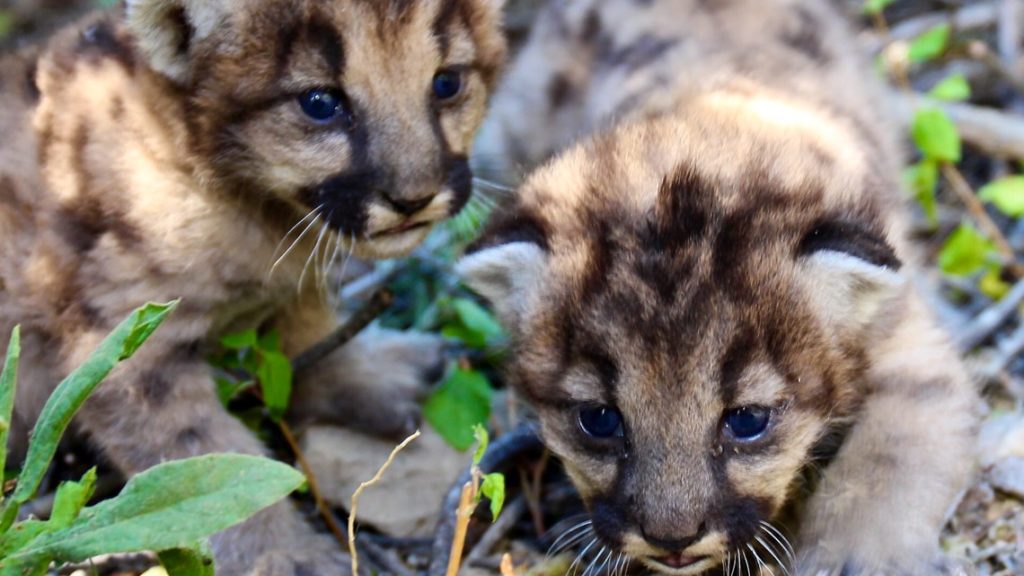
On August 21, 2019, she became the second radio-collared female mountain lion to cross the 101 Freeway and move northward into the Simi Hills. She later crossed the freeway again on November 6, 2019 and returned to the Santa Monica Mountains.
Litter 4: On July 7, P-67’s kittens – female P-91 and male P-92 – were found in a den in the Simi Hills. This is only the second time we have found a litter of kittens in this area. P-67 was originally tagged as a kitten in 2018, also in the Simi Hills, to mother, P-62.
Litter 5: P-80, who is estimated to be between five and seven years old, gave birth to female kittens P-93 and P-94. P-80 also had her kittens within the Woolsey Fire perimeter, but in an unburned area in the southeast corner that still supports healthy mature chaparral.
Please be sure to follow Santa Monica Mountains National Recreation Area on social media.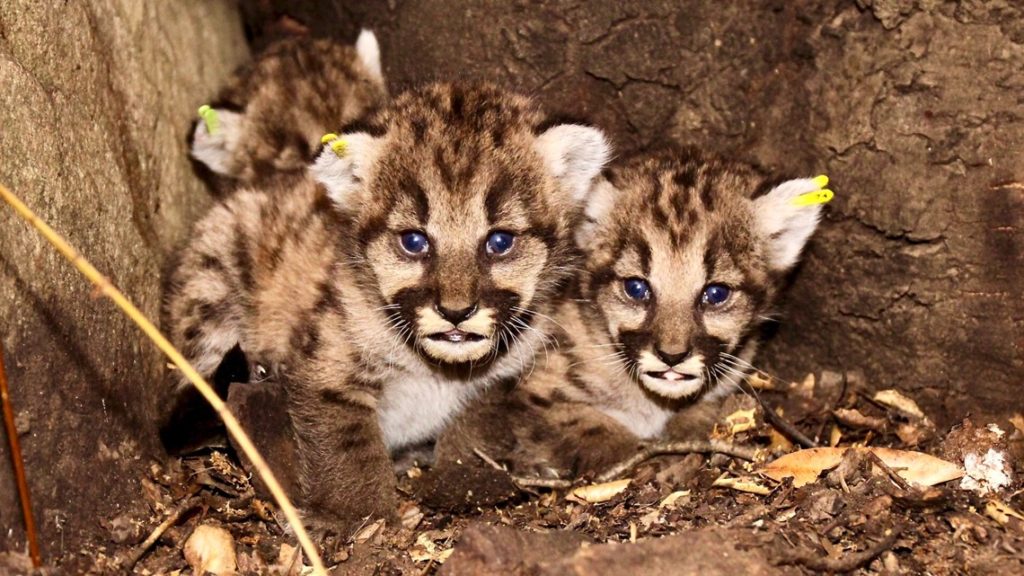
Hopefully the first baby boom in a more than a decade, is the new norm!
https://www.facebook.com/santamonicamtns/posts/10157671219093660
REMEMBER: BIG CATS DON’T MAKE GOOD PETS; THEY BELONG IN THE WILD!
Related Story: Cat Spends 9 Days Surviving In California Fire Rubble; Finally Reunited With His Emotional Family
Related Story: Man Films Family of 4 Mountain Lions Right Outside His Window!


